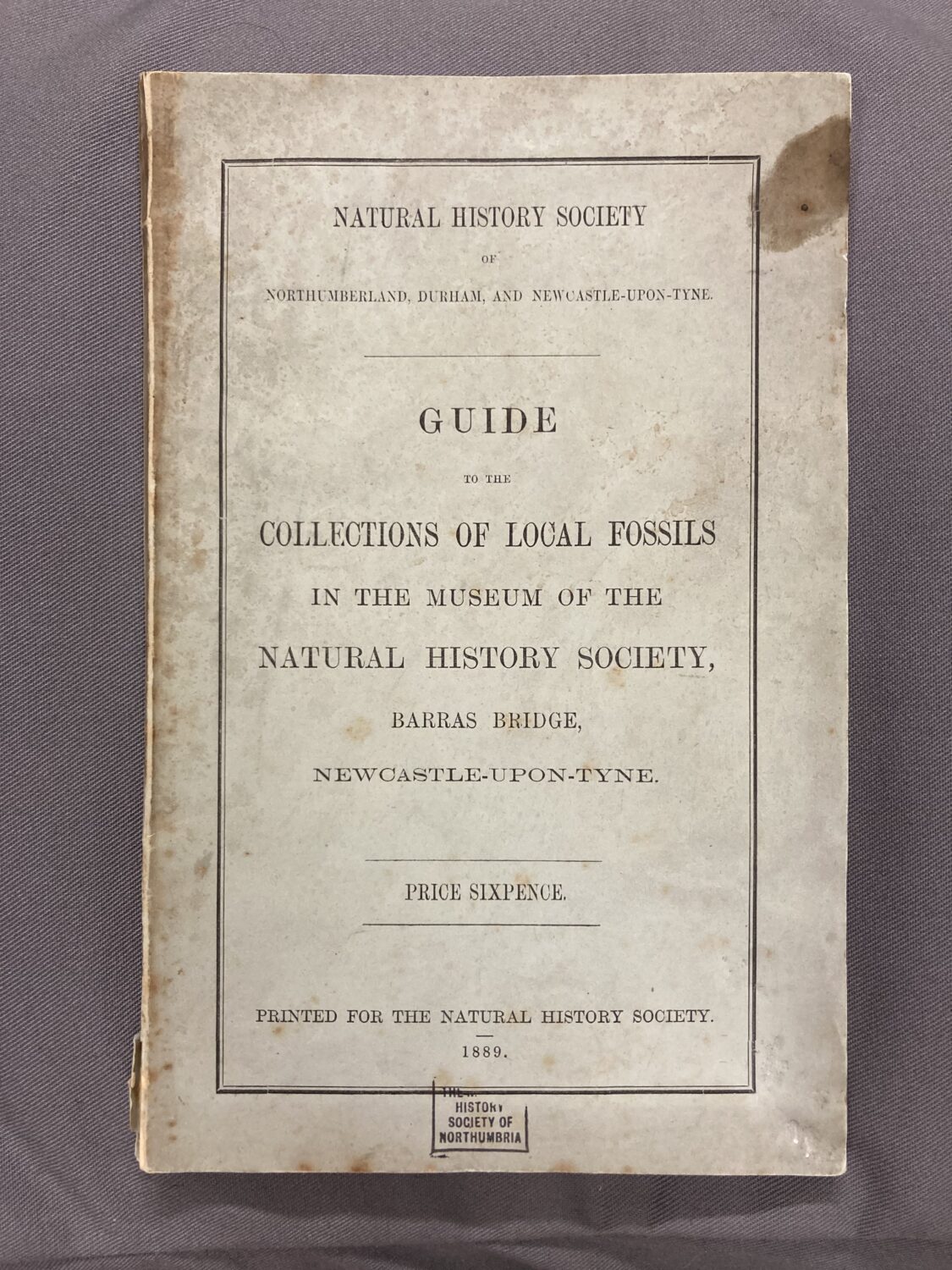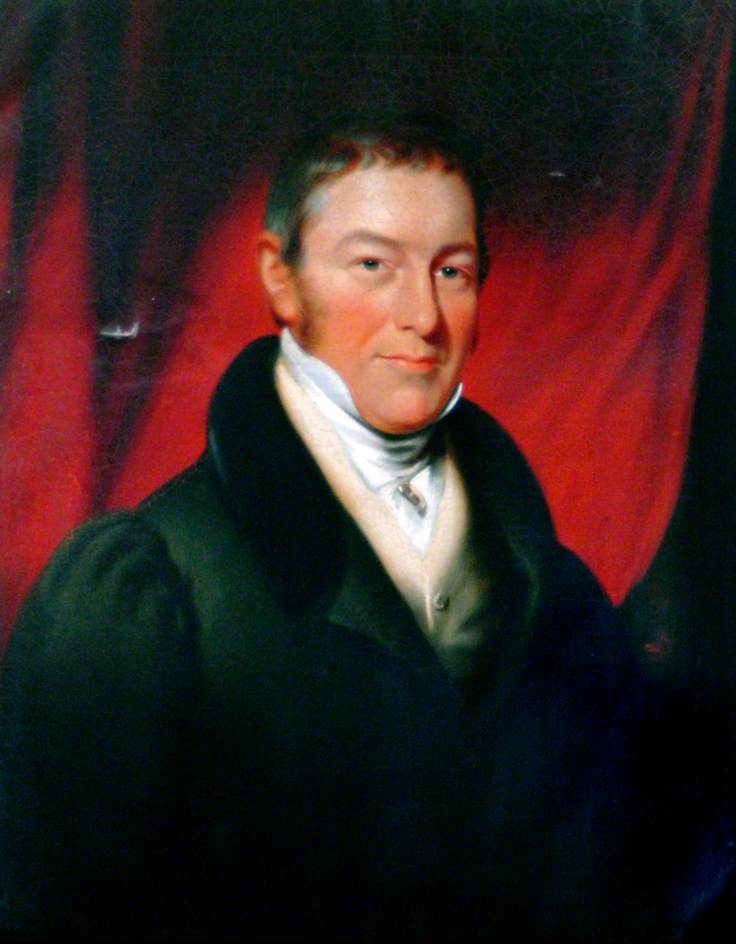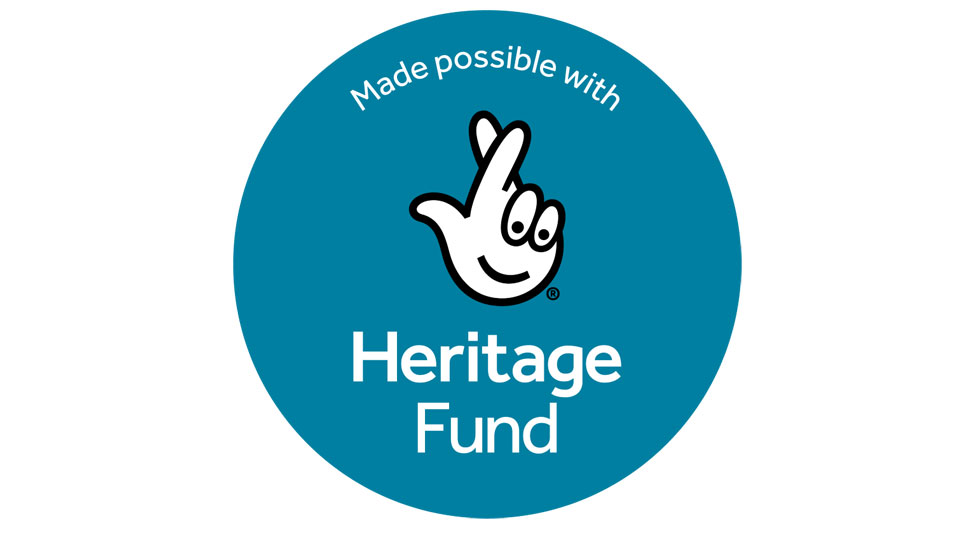Maureen Flisher reflects on the work of unearthing the ‘Pitmen Naturalists’ of the Northumberland coal field from the archive
Whilst researching this series of blogs on the ‘Pitmen Naturalists’ I began to wonder why these extraordinary miners were not more commonly known about nor celebrated in the same way as for example the ‘Pitmen Painters’. Were they a North Eastern phenomenon, or were miners across the country routinely assisting nineteenth-century geologists and palaeontologists but not necessarily getting the credit they deserved? And if so, why?
Trying to answer those questions is probably the subject of an entire PhD!
However, to satisfy my own curiosity I turned my attention to NHSN’s archive material to see if I could at least establish when miners in the North East became involved with helping members of the Society – or as John Simm would say “the fashionable people”.
In 1829, the year the Society was formed, William Hutton, one of the founding fathers of NHSN and Honorary Secretary, was asked to form a collection of “Fossil Organic Remains”. He started to collect from across the country and then published what eventually became known as the Hutton and Lindley Catalogues of Fossil Fauna. Although the sources of the fossils listed in the catalogues were recorded, with a myriad of mines listed – Bensham Seam, Jarrow, Burradon, Percy Main, Gosforth, Cramlington, and so on – there are very few people named as the original owner of the specimen unless it came from a private collection.


It was only when Richard Howse, an Honorary Secretary and Curator of the NHSN, updated the catalogue in 1888 that he stated that Hutton had obtained many of the specimens, having “fostered an arrangement with the eminent Viewer of Newcastle, John Buddle, a mining engineer. He introduced Hutton to the Master Wasteman Robert Fairley of Jarrow Colliery, who was known to be one of the most successful fossil collectors in the North of England”. (A Viewer was one of the men who, as mines grew larger and more complex into the nineteenth century, were employed to oversee the safe technical management of the mine on behalf of the owner; a pit’s Master Wasteman was responsible for removing waste from the colliery, including ongoing management of the shale heap).

There is plentiful evidence before this that the “employment” of miners in collecting coal measure fossils was widely known and used by collectors. Firstly there is the testimony from John Simm in the newspaper article ‘Science in the Pit Cottage’ stating that miners would deliver barrowfuls of shale to Thomas Atthey’s house. There are also letters held in NHSN’s archive dating from the late 1860 and 1870s, asking Atthey to provide the name of his miner so the gentlemen in question could write to the miner direct outlining specific specimens he required; another states that microscopic slides would only be accepted from Atthey’s contacts if the slides met the dimensions the author of the letter required so as not to spoil his cabinet display.
Then there are the books/articles published throughout the nineteenth century as the study of geology and palaeontology really took hold across the world. The miners and quarrymen who provided the specimens were solely reliant on the authors’ whims as to whether they would be properly credited.
Whilst there is no doubt that in the North East the likes of Atthey, Barkas, the Hancocks and others did scour the shale heaps looking for specimens (as a very public spat between Barkas and Albany Hancock, reported in a local paper, demonstrates), miners played a huge part in their success. Men who worked long hours with little rest, in back-breaking and dangerous conditions to provide for their families, who somehow found the time and opportunity presented to them to wonder at the natural world around them. Who in the main taught themselves to become knowledgeable geologists and palaeontologists in their own right.
Some we may never know the names of but for those that we do, the likes of John Simm, Joseph Taylor and John Salt, we are determined to celebrate the donations they left to the Society.
